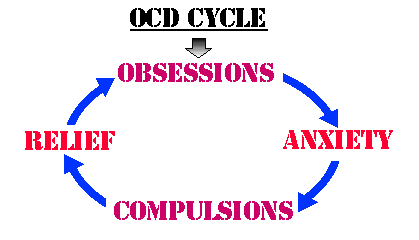How To Meditate With Your Kids

From 1999-2001 I developed one of the first mindfulness meditation programs for kids in schools. I taught first, second and third graders for two years. It was done as a research study in partnership with Arizona State University Department of Social Work. The results were very positive. Since then I have continued to work with children and with groups that teach mindfulness in the schools. Part of the program consisted of also teaching the teachers and the parents. Therein lies the key.
The following general suggestions apply for children of all ages:
Children copy adults behavior and so it is important to set the example by learning to meditate yourself. I prefer mindfulness meditation as it is the simplest to teach and the most effective as evidenced by the hundreds of published studies attesting to the positive effects. Once you’ve learned to meditate let the children follow you by example. When they become curious or just open to joining in it is a good time to meditate together. It is also beneficial to learn with the kids if you haven’t already learned by yourself assuming they are open to it.
Silence is the next step in teaching kids to meditate. We are surrounded by sound most of the time which in the beginning of learning can be a distraction. With some practice it won’t be as necessary to maintain silence if it’s not possible. Silence however is preferable when meditating.
Keeping it simple and short in the beginning is most effective. Most children(and many adults) have some challenges when it comes to paying attention in a sustained way. For that reason it is beneficial to start with short meditations of 5 minutes or less keeping in mind that everyone is different and you can’t cookie cut this. With practice you can increase the time to fit the situation. Starting by paying attention to the breath as you breathe in and out through the nose is a simple and effective way to begin mindfulness meditation. Stay with the breath noting where and when the attention wanders to and then bringing the attention back to the breath.
Mindful meditation in movement is also great for kids. When I taught my school program The Attention Academy in the second year I did it as a physical education class. Kids love to move and combining meditation with movement was fun for the kids. After starting with paying attention to the the breath we eventually added the body, thoughts, emotions and five senses in fun, imaginative ways.
Whether being still or in movement, mindfulness meditation should be taught slowly and with patience. It’s an opportunity to have “special time” with your kids so take advantage of that deeper connection that you share as you meditate together. Pick words that resonate with you as you guide your kids into the meditation practice. Let the words flow from your own personal experience and keep it simple. A few gently spoken words from time to time is best, allowing for spaces of silence to prevail during the meditation. Remember…we are not trying to change anything…only fully experience the present moment as it is now.
How To Meditate With Your Kids Read More »







